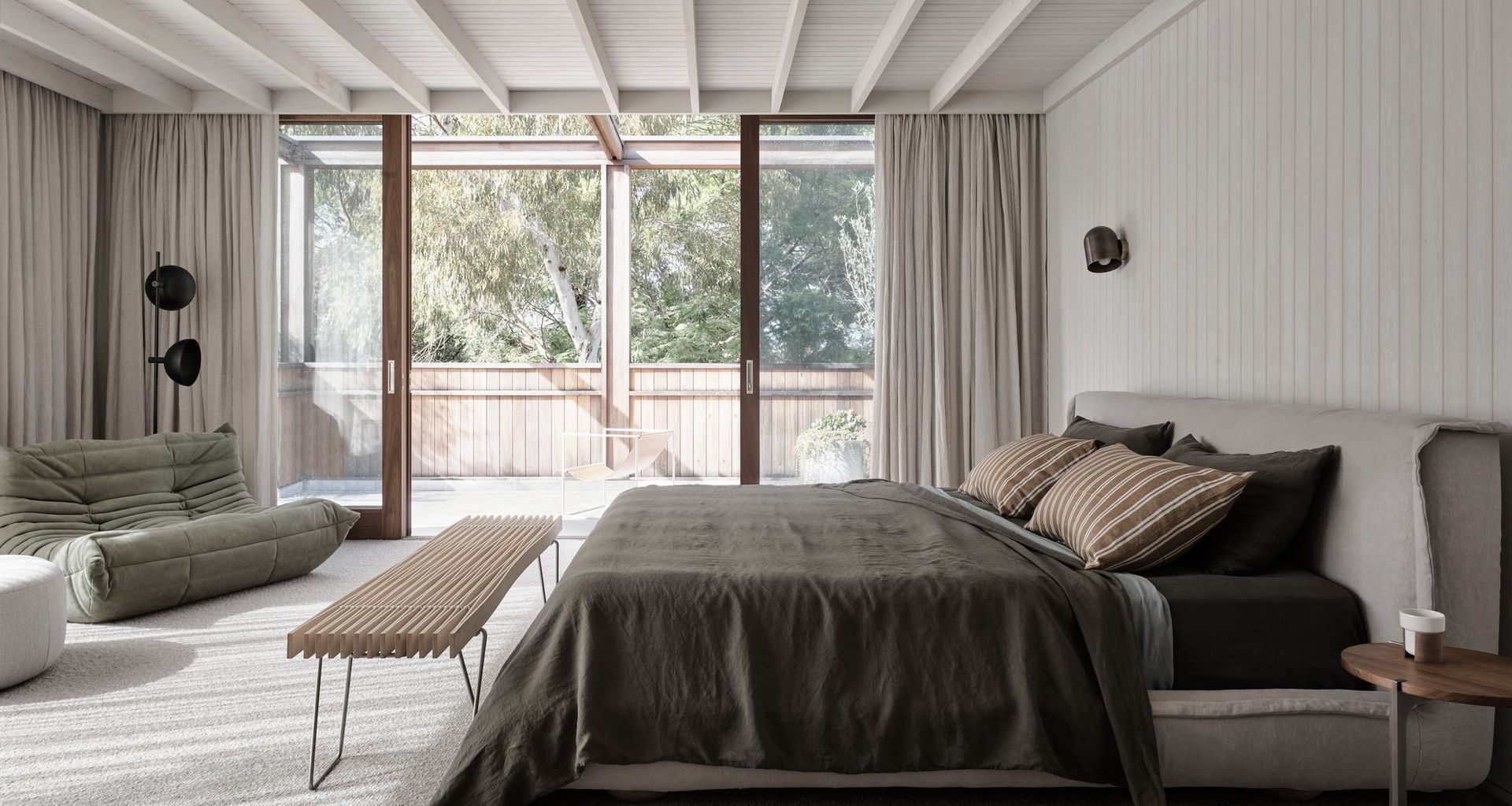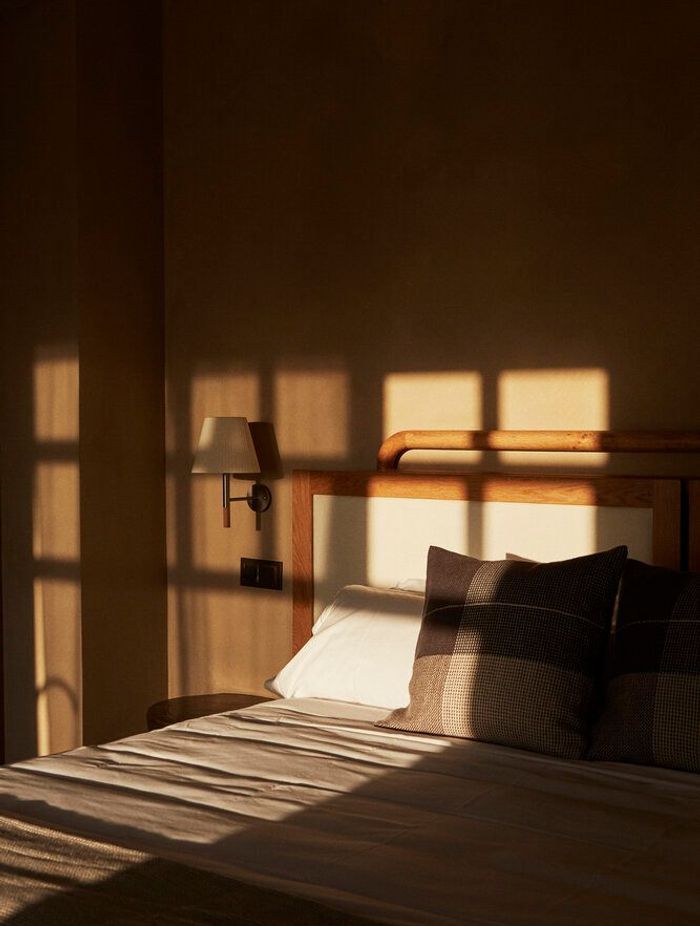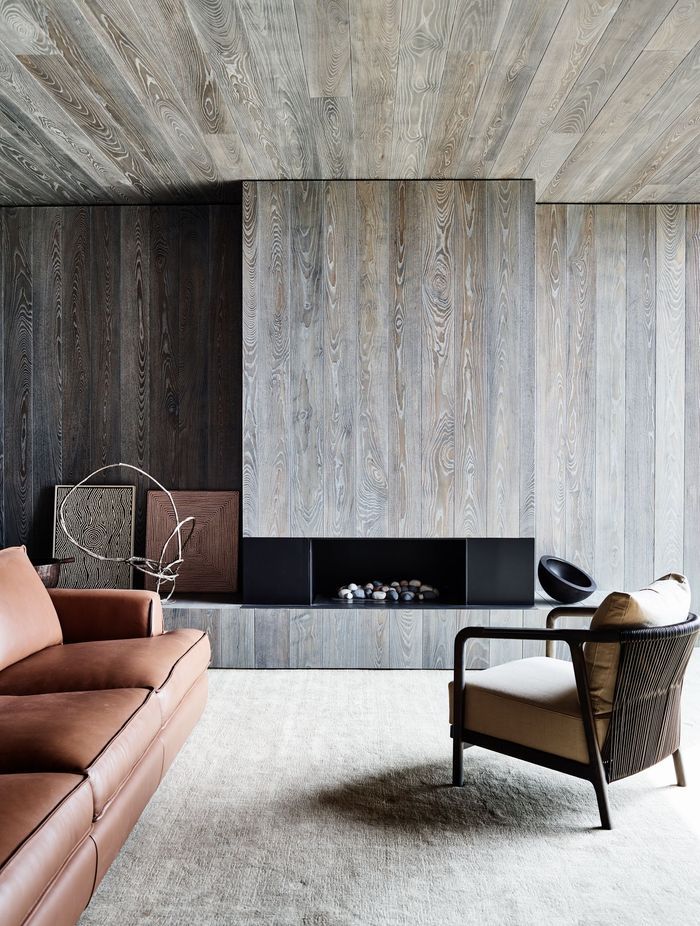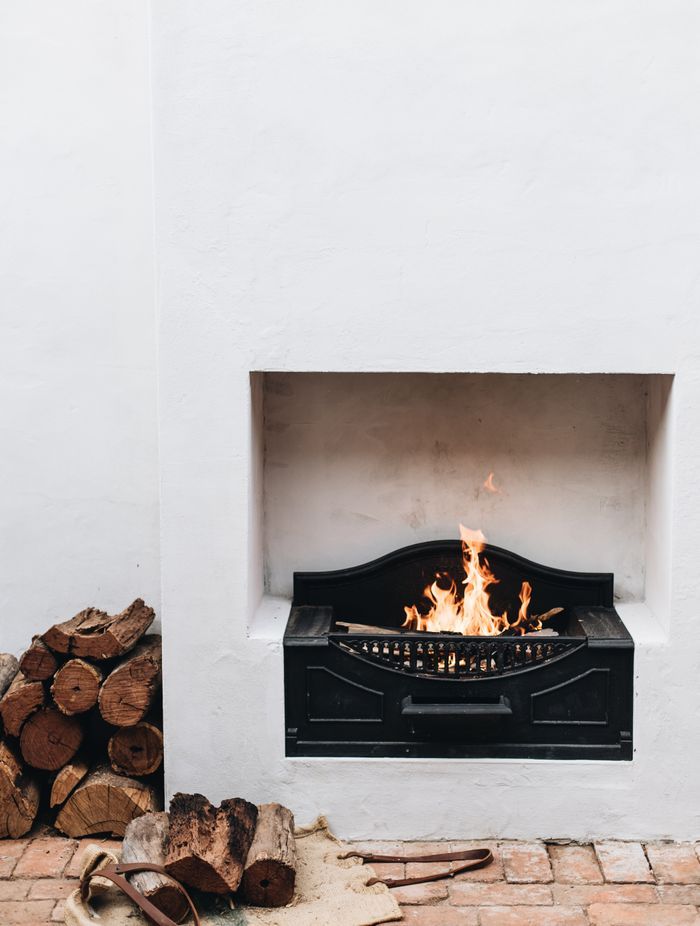How to live the hygge life
Written by
19 September 2022
•
5 min read

‘Hygge’ is a word many of us have come to associate with warm and welcoming Scandinavian interiors. However, research suggests the word originated from old Norwegian languages and roughly translated as ‘wellbeing’ at the time. It wasn’t until the 18th century that the word appeared in Danish writing and was adopted into general society.
How to pronounce ‘hygge’
Pronounced ‘hoo-ga’, hygge is defined by the Oxford English Dictionary as ‘a quality of cosiness and comfortable conviviality that engenders a feeling of contentment or wellbeing’. Hygge wasn’t a widely known concept until 2016 when it gained traction in the cultural zeitgeist as a lifestyle craze, a rise to stardom so impressive that the term earned a place in the Collin's Dictionary Top 10 Words that year.
What does ‘hygge’ mean?
The true meaning of hygge as it was originally conceived is almost impossible to translate into English terms, and only aspects of its connotations are captured in the idea of ‘comfort’. In fact, ‘hygge’ isn’t even the only word from the Norwegian language used to describe the lifestyle concept we’ve come to associate with it. Research suggests the adjective ‘koselig’ is another Norwegian concept that encompasses nature, companionship and cosiness to promote personal wellbeing. Pronounced ‘koosh-lee’, koselig shares the same ideas of beauty, warmth, emotional closeness, feelings of solidarity and relaxation from work as Hygge.
If ‘hygge’ is such a difficult concept to define, how are we to understand it enough to apply the concept to our homes? The key, perhaps, is in understanding the place from whence it came.
Read now: Why you should embrace the wabi-sabi design philosophy
Where did ‘hygge’ come from?
The long, harsh and dark Scandinavian winters have forced those who live there to spend extended time indoors, to build close relationships and to strengthen their communities to work together towards common goals, and to be more preoccupied with creating comfortable and cosy homes.
In his report, Translating Culture: Exploring kos/hygge, Danish anthropologist Jeppe Trolle Linnet explains that the Danes are extremely focused on the home. “People meet more at home here in Scandinavia than in other parts of the world. Homes are thus essential when it comes to understanding kos/hygge, as they are the most common setting for experiencing an intimate form of socialisation. By spending time with family and friends in a welcoming environment, people experience closeness and learn to appreciate balance and moderation," writes Jeppe.
Jeppe, who holds a PhD in consumer culture and hygge, further describes ‘hygge’ as the experience of taking particular pleasure in the ease of a moment that allows one to be ‘as one is’. In another essay, A Definition of Hygge: an atmosphere that allows dwelling, he writes, “It is an enjoyment of the here and now that stems both from one's style of interacting with other people, and from the atmosphere of the physical place."
Linnet goes on to describe the characteristics of a hygge experience as safety, familiarity and comfort – devoid of intensity or glamour. “A hygge encounter with other people has a degree of intimacy which is always closer and more personal than it might have been, but never invasive of anyone's personal space or boundaries. Absent are unpleasant challenges, or anything that is demanding. Hygge hereby offers a contrast to stressful, competitive and utilitarian aspects of life," writes Jeppe.
It’s only natural, then, that the western world has adopted the idea so thoroughly.
What is a hygge home?
On a practical and visual level, the application of hygge to one’s home requires the purposeful creation of a calm, soothing, warm and welcoming environment free from judgement and responsibility. The space should be intimate while never encroaching upon anyone’s personal space, it should be pared-back and free from overt glamour or dressage. A hygge home is one that fosters connection and communication.
Therefore, it stands to reason that concepts of ‘hygge’ and ‘koselig’ play into similar interior design schemes as wabi-sabi; embracing the beauty of raw and natural materials, showcasing the character of flaws and imperfections, and furnishing a space with items that provide comfort, relaxation and joy. It’s a concept that celebrates elevated essentials.
In his book, Consumption and Everyday Life, Hugh Mackay describes hygge in terms of aesthetics. “If we keep to the furnishings, a cosy home has a wealth of textiles, potted plants, souvenirs, paintings and photographs.”
Read now: Understanding how fashion and culture influence home design
How to apply the concept of hygge to your home
Some of the key takeaways from the concept of hygge are:
- Choose a tonal or monochrome colour palette of earthy hues inspired by your landscape
- Decorate with warm and tactile natural materials, giving careful thought to soft furnishings such as cushions and throws
- Banish bright colours, bold patterns, new or contemporary furniture and overwhelming fragrance from your home
- There should be a combination of task, ambient and accent lighting, with ambient lighting given priority to build atmosphere
- Display treasured memories, trinkets, photographs and art that spark joy
- Opt for second hand, old or vintage furniture that has character and warmth
- Embrace the flaws and imperfections of materials, objects and furniture
- Create ‘nooks’ within your home that feel snug and help you engage with sunlight and nature – window seats are best
- Indoor and outdoor fireplaces should be used as gathering spaces for friends and family
- Cooking should be a family activity and meals should be shared together at the dining table
- Bedrooms should be designed as tranquil spaces of restfulness and rejuvenation with no clutter or distracting paraphernalia
- Practice mindfulness, reuse and recycle what you can to reduce waste
- Take a moment to enjoy and engage in simple pleasures, such as being creative for pleasure rather than financial gain
Browse the most beautiful architecture and design projects in Australia on ArchiPro.





